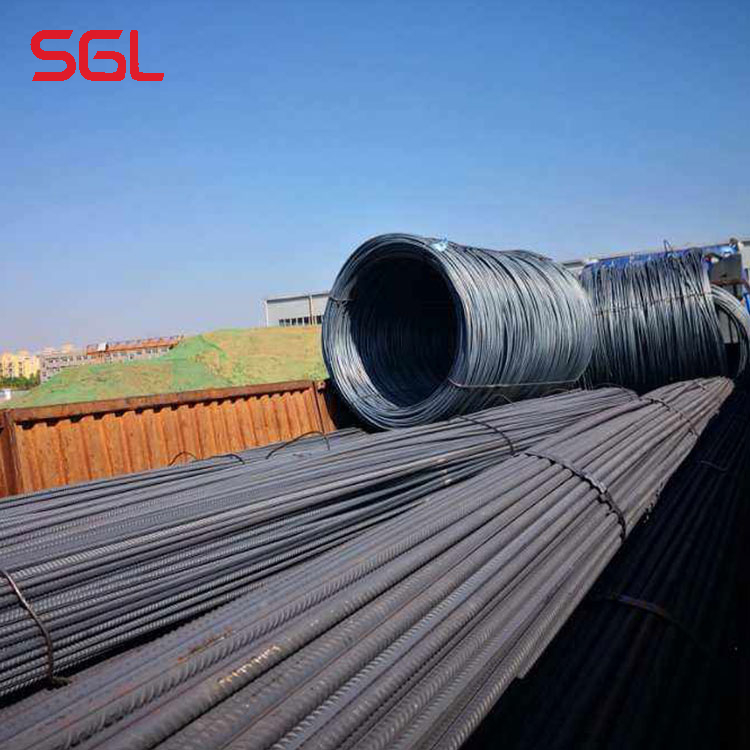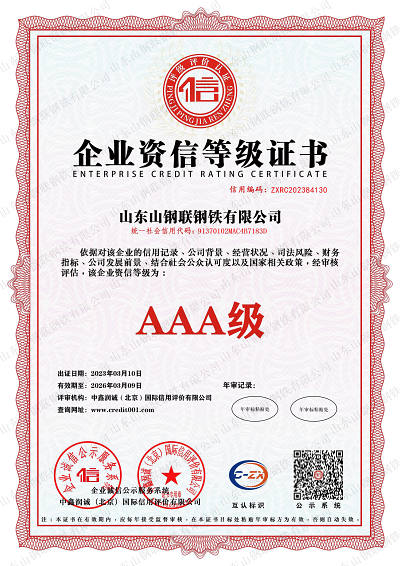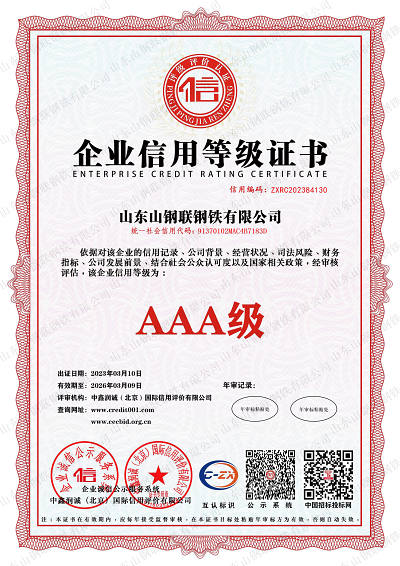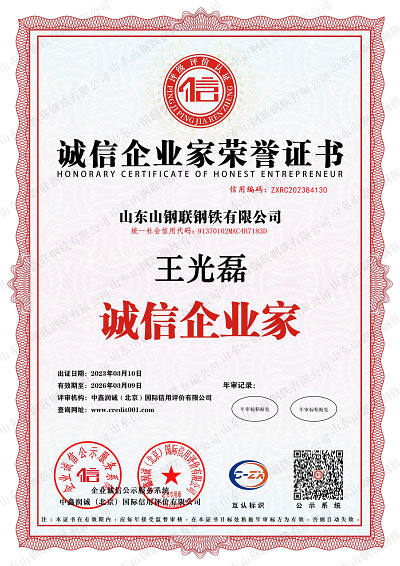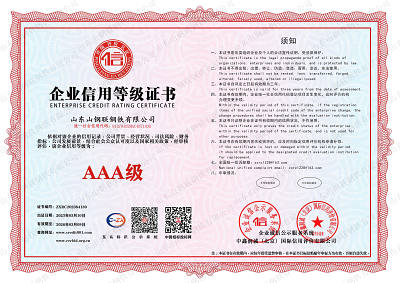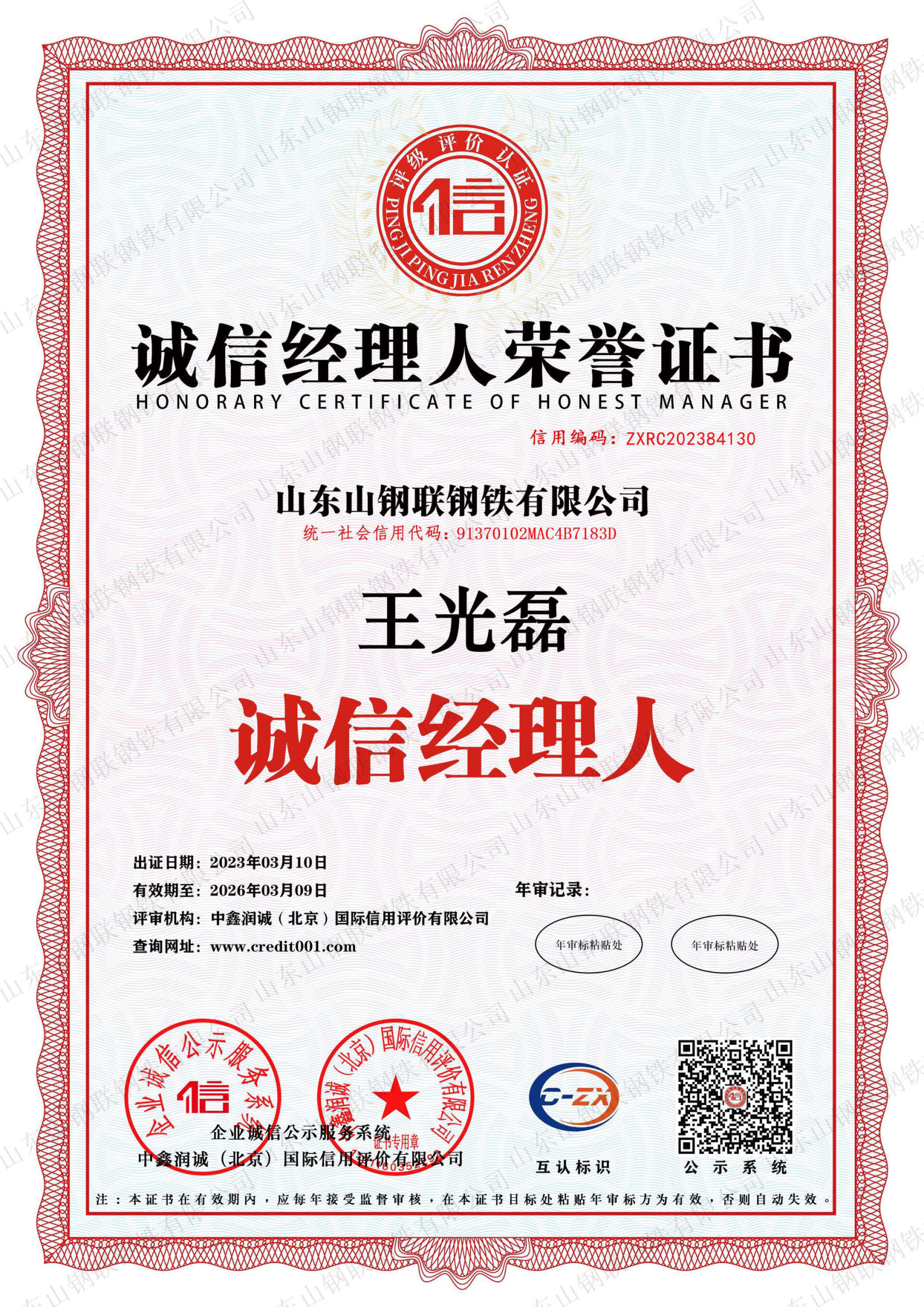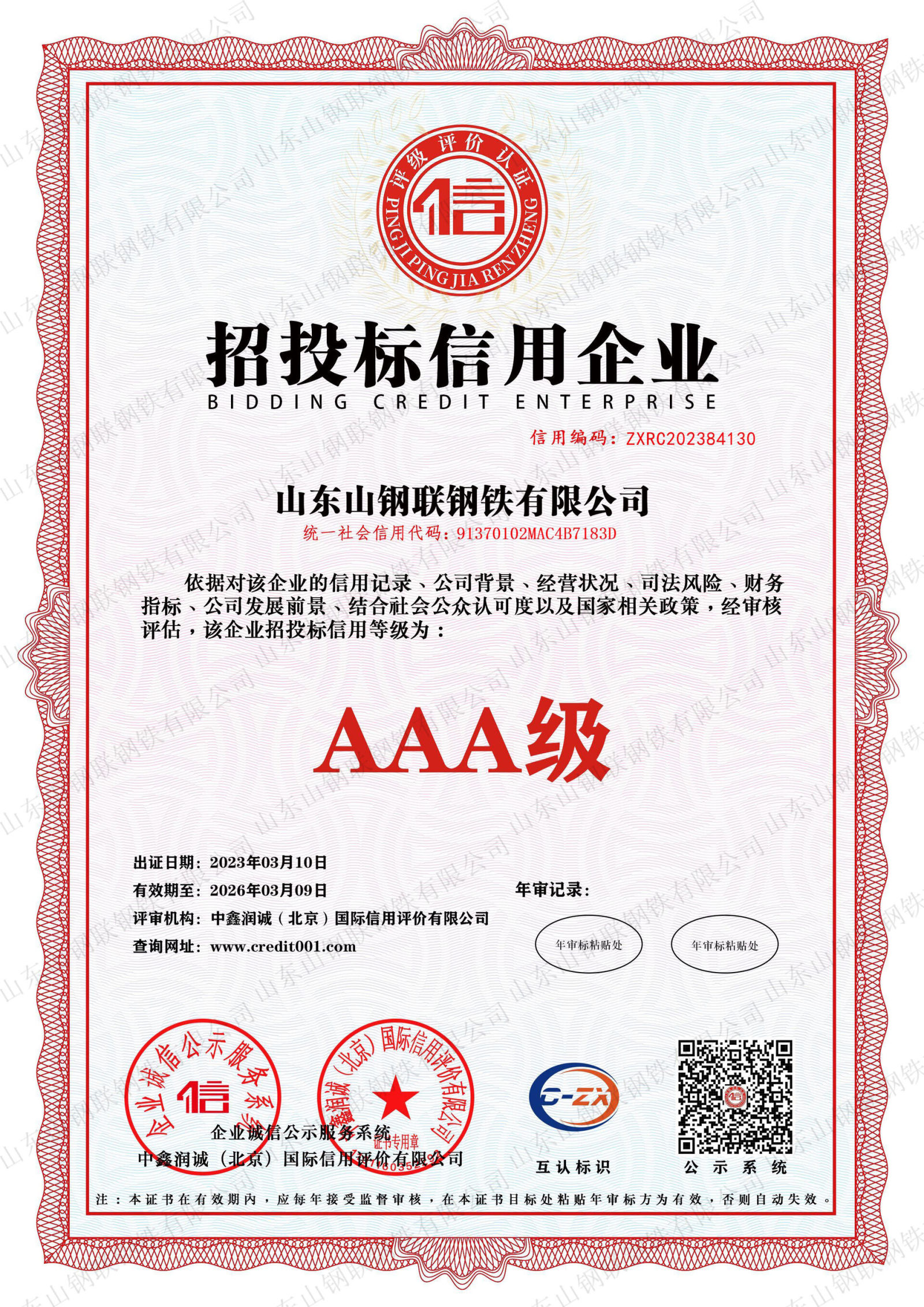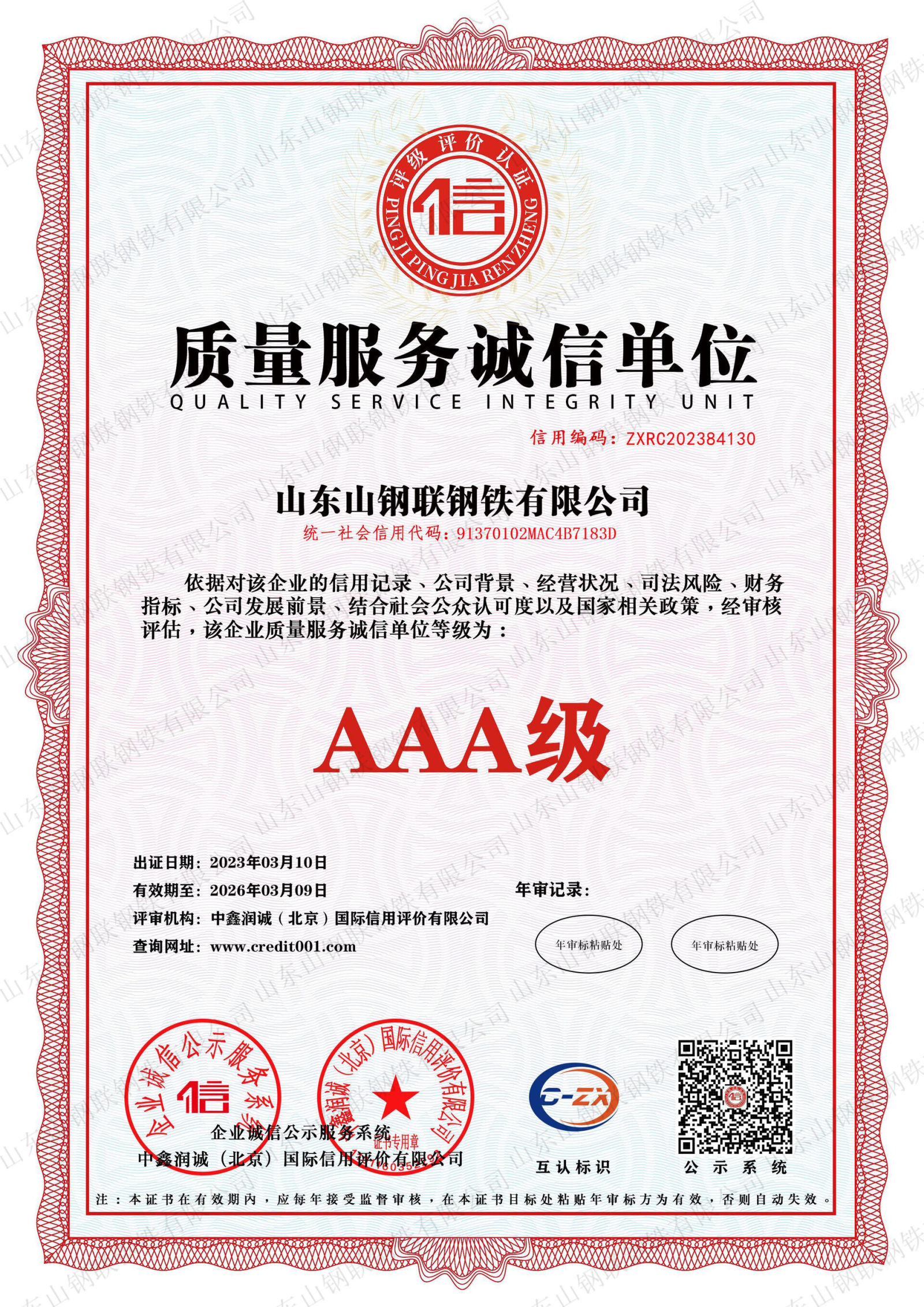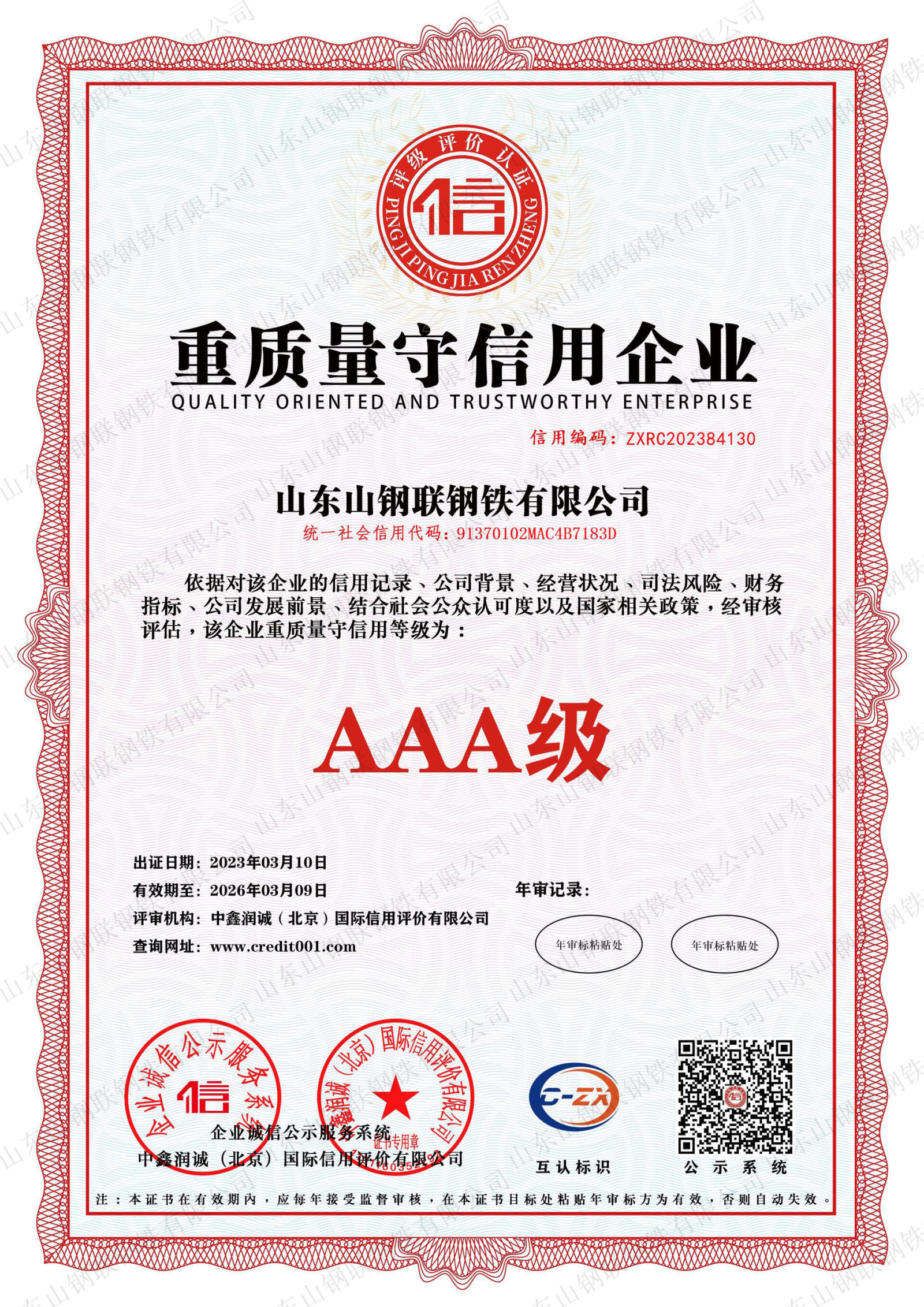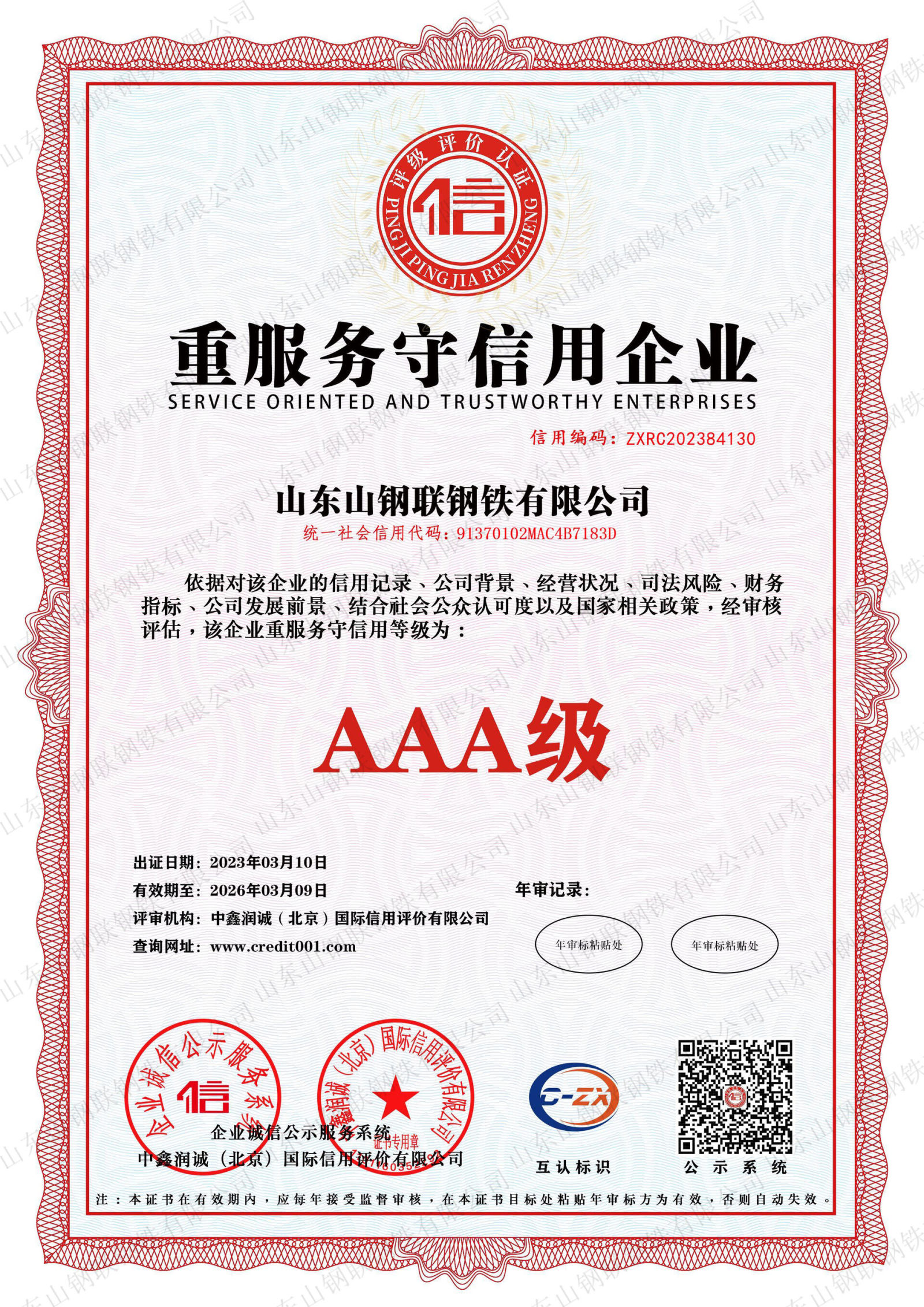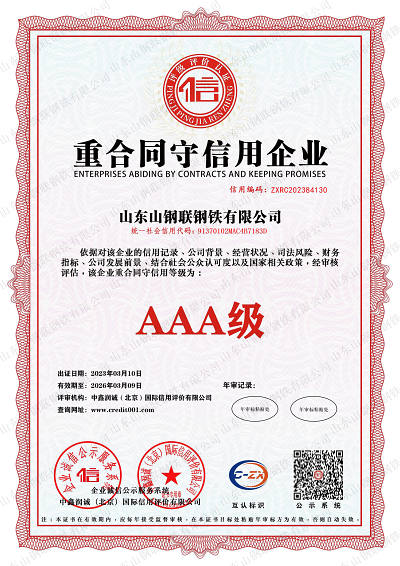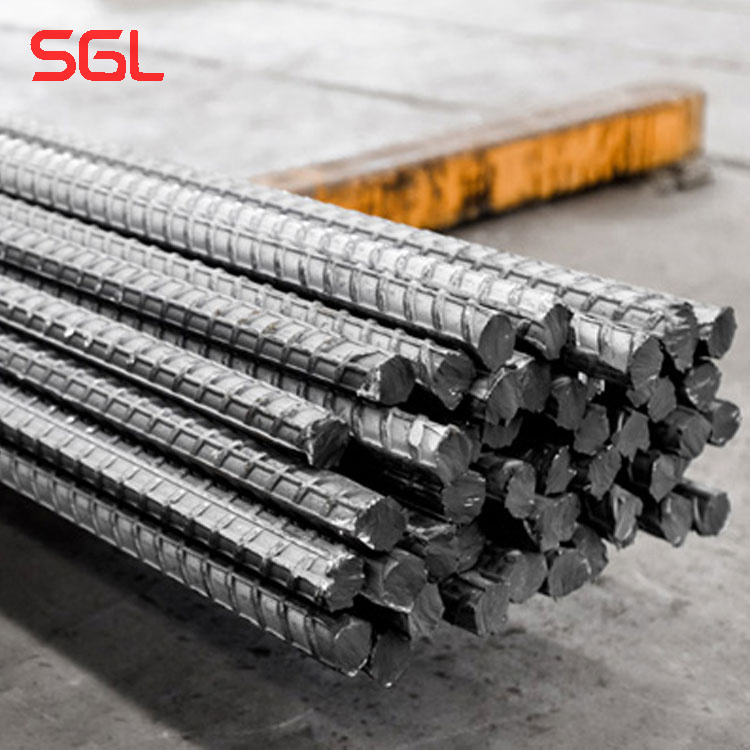
PRODUCTS
Reinforcing steel refers to steel for reinforced concrete and prestressed reinforced concrete, which is circular in cross-section and sometimes square with rounded corners. Including smooth round rebars, ribbed rebars, torsion rebars. Rebar for reinforced concrete refers to straight or coil-shaped steel used for reinforced concrete reinforcement. Its shape is divided into two types: smooth round rebar and deformed rebar, and the delivery state is straight and coiled.
Classification of steel rebars
There are many types of rebar, usually classified by chemical composition, production process, rolling shape, supply form, diameter size, and use in the structure:
1. According to the diameter
Steel wire (diameter 3~5mm), thin rebar (diameter 6~10mm), thick rebar (diameter greater than 22mm).
2. According to mechanical properties
Class I rebar (300/420); Class II rebar (335/455); Class III rebar (400/540) and Class IV (500/630)
3. According to the production process
Hot-rolled, cold-rolled, cold-drawn rebars, as well as heat-treated rebars made of grade IV rebars, have higher strength than the former.
4. According to the role in the structure
Compression rebars, tension rebars, erecting rebars, distribution rebars, stirrups, etc.
The rebars arranged in reinforced concrete structures can be divided into the following types according to their functions:
① Stressed rebar - rebar that bears tensile and compressive stress.
② Stirrups - bear part of the oblique tensile stress and fix the position of the stress rebars, which are mostly used in beams and columns.
③ Frame erection rebars - used to fix the position of the steel hoop in the beam to form the steel skeleton in the beam.
④Distribution ribs - used in roof slabs and floor slabs, arranged vertically with the reinforcing rebars of the slabs, evenly transferring the weight to the reinforcing rebars, fixing the position of the reinforcing rebars, and resisting thermal expansion and contraction caused by temperature deformation.
⑤Others - Structural ribs configured due to structural requirements of components or construction and installation needs. Such as waist rebars, embedded anchor rebars, prestressed rebars, rings, etc.
According to rolling shape
①Smooth rebars: Grade I rebars (Q300 rebars) are all rolled into a smooth round section, and the supply form is coiled, with a diameter of not more than 10mm and a length of 6m~12m.
② Ribbed rebars: There are three types of spiral, herringbone and crescent shapes. Generally, grade II and III rebars are rolled into a herringbone shape, and grade IV rebars are rolled into a spiral shape and a crescent shape. Crescent rib reinforcement: The longitudinal section of the transverse rib is crescent-shaped and does not intersect with the longitudinal rib.
③ Steel wire (divided into low carbon steel wire and carbon steel wire) and steel strand.
④Cold-rolled and twisted steel bars: cold-rolled and cold-twisted.
The smooth round rebar is actually the small round steel and coil of ordinary low carbon steel. Deformed bars are surface-ribbed rebars, usually with 2 longitudinal ribs and transverse ribs evenly distributed along the length. The shape of the transverse rib is spiral, herringbone and crescent shape. Expressed in millimeters of nominal diameter. The nominal diameter of deformed rebars corresponds to the nominal diameter of smooth round rebars of equal cross-section. The nominal diameter of the rebar is 8-50 mm, and the recommended diameters are 8, 12, 16, 20, 25, 32, and 40 mm. Steel grades: 20MnSi, 20MnV, 25MnSi, BS20MnSi. Reinforcing rebars are mainly subjected to tensile stress in concrete. Due to the action of ribs, deformed rebars have greater bonding ability with concrete, so they can better withstand the action of external forces. Steel bars are widely used in various building structures. Especially large, heavy, light thin-walled and high-rise building structures.
By diameter:
Steel wire (diameter 3~5mm), thin rebar (diameter 6~10mm), thick rebar (diameter greater than 22mm).
According to the structure function:
Compression rebars, tension rebars, erecting rebars, distribution rebars, stirrups, etc.
Reinforcing rebars are now widely used in any building, which provides better evidence for the progress of human beings. It is also the inspection of the quality of rebars. When the components are reinforced according to the minimum reinforcement ratio, the steel rebars are replaced according to the principle of (equal area).
The mechanical properties of steel rebars shall meet the requirements of the following table




Chat Online
